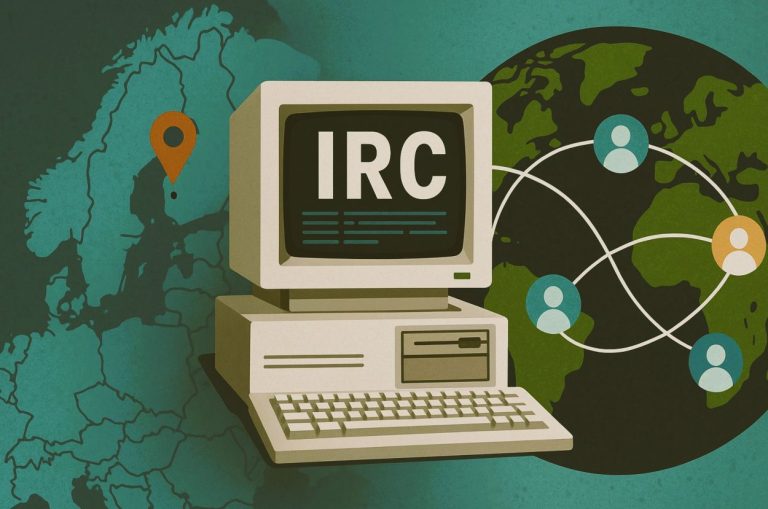

In today’s fast-paced business environment, technology isn’t just a support function, it’s a critical driver of success. Adopting a technology-driven strategy can lead to increased efficiency, enhanced customer experiences, and a significant competitive edge. However, the path to a successful technology adoption requires careful planning, strategic alignment, and a willingness to embrace change. Here’s how to successfully implement a technology-driven strategy in your organization.
Understand the Need for Change
Before diving into the adoption of new technology, it’s crucial to understand why it’s needed. Begin by assessing your current processes and identifying pain points that technology can address. Whether it’s improving operational efficiency, better data management, or enhancing customer engagement, defining the specific needs will help in selecting the right technology solutions.
Understanding the broader market trends and how competitors are using technology can also provide insights. This ensures that the strategy isn’t just reactive but aligns with long-term business goals.
An effective company intranet site serves as a central hub for accessing company resources, policies, and announcements, facilitating knowledge sharing, and keeping employees informed about the latest updates and organizational news.
Align Technology with Business Goals
A technology-driven strategy should be closely aligned with the overall business objectives. Technology for technology’s sake can lead to wasted resources and missed opportunities. Identify the key business goals—whether it’s expanding into new markets, increasing customer satisfaction, or improving product offerings—and ensure that the technology you adopt supports these objectives.
Involving key stakeholders in this process is essential. Their input can provide valuable perspectives and ensure that the strategy is comprehensive and inclusive of the organization’s needs.
Choose the Right Technology
With a clear understanding of your needs and goals, the next step is to choose the right technology. The technology landscape is vast, and the options can be overwhelming. Focus on solutions that are scalable, flexible, and have a track record of success in your industry.
Consider whether you need custom-built solutions or if off-the-shelf products will suffice.
Build a Culture of Innovation
Successful adoption of technology requires more than just tools and systems, it requires a culture that embraces change and innovation. Start by fostering an environment where employees are encouraged to experiment with new ideas and aren’t afraid to fail.
Provide training and development opportunities to ensure that your team is equipped with the necessary skills to leverage new technologies. Creating cross-functional teams can also help in integrating technology into various aspects of the business, ensuring that innovation isn’t siloed but is part of the organizational fabric.
Manage Change Effectively
Change management is a critical aspect of adopting a technology-driven strategy. Resistance to change is natural, and without proper management, it can derail the entire process. Communicate the reasons for the change clearly and consistently across the organization.
Involve employees in the change process, addressing their concerns and providing them with the support they need. This might include additional training, restructuring roles, or even reevaluating workflows to better align with the new technology.
Monitor and Adapt
Adopting technology isn’t a one-time event but an ongoing process. Once the technology is implemented, continuously monitor its performance and impact on your business goals. Use data and analytics to gain insights into what’s working and where adjustments are needed. Be prepared to adapt your strategy as the technology and your business environment evolve.
Conclusion
A technology-driven strategy can propel your organization to new heights, but its success hinges on thoughtful planning and execution. By understanding your needs, aligning with business goals, choosing the right technology, fostering a culture of innovation, managing change effectively, and continuously monitoring progress, you can ensure that your technology adoption not only meets but exceeds your expectations.


